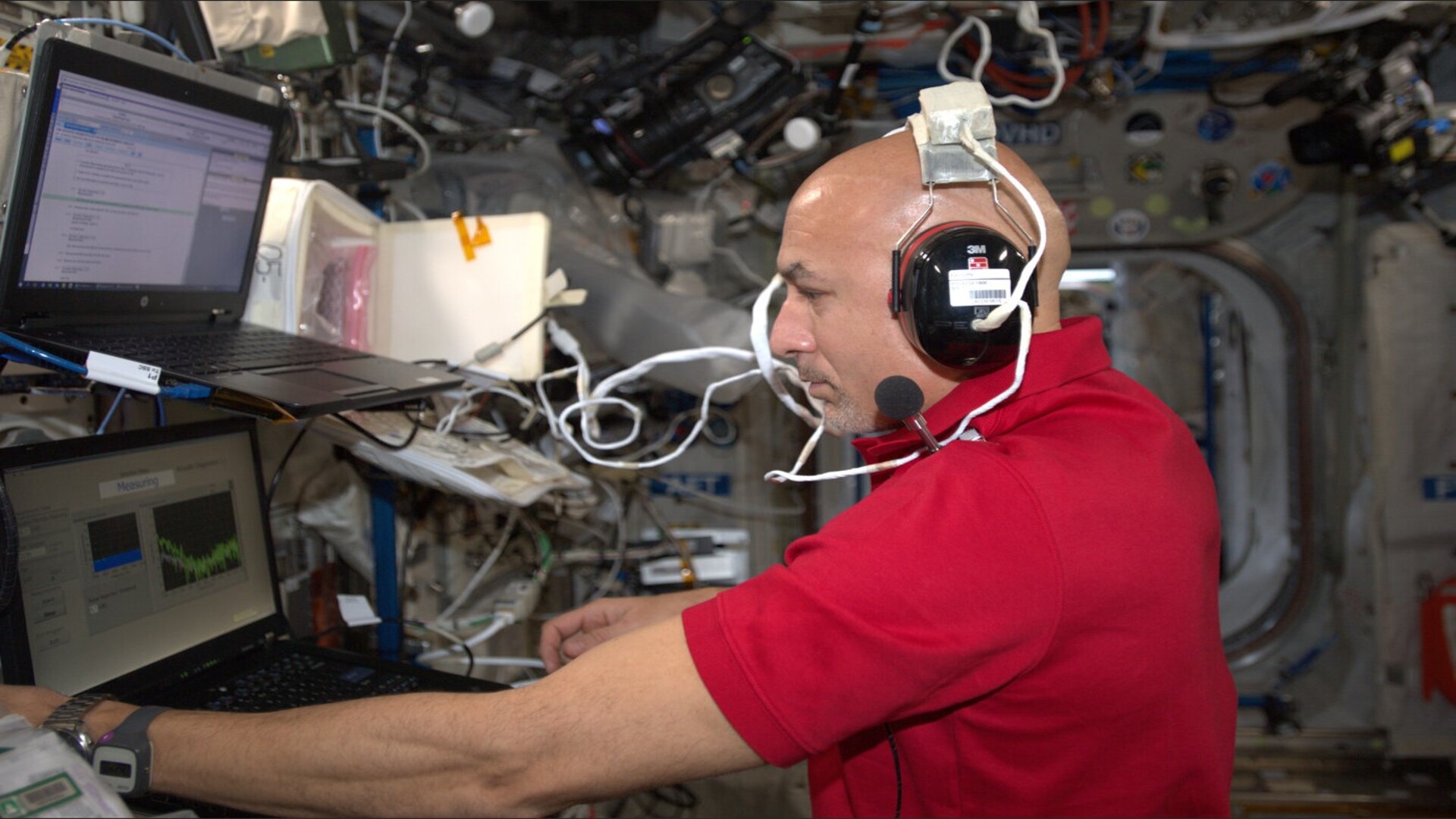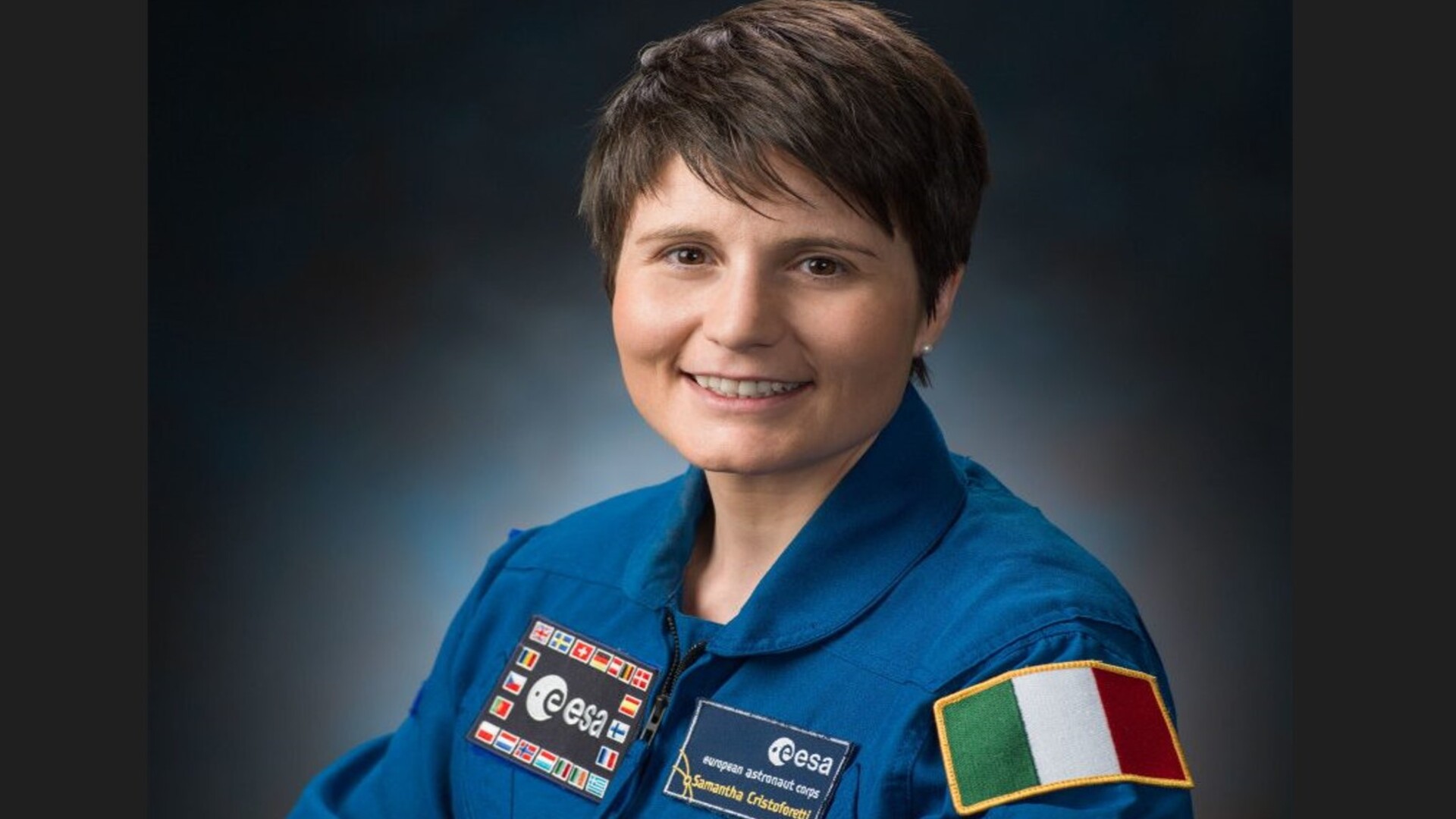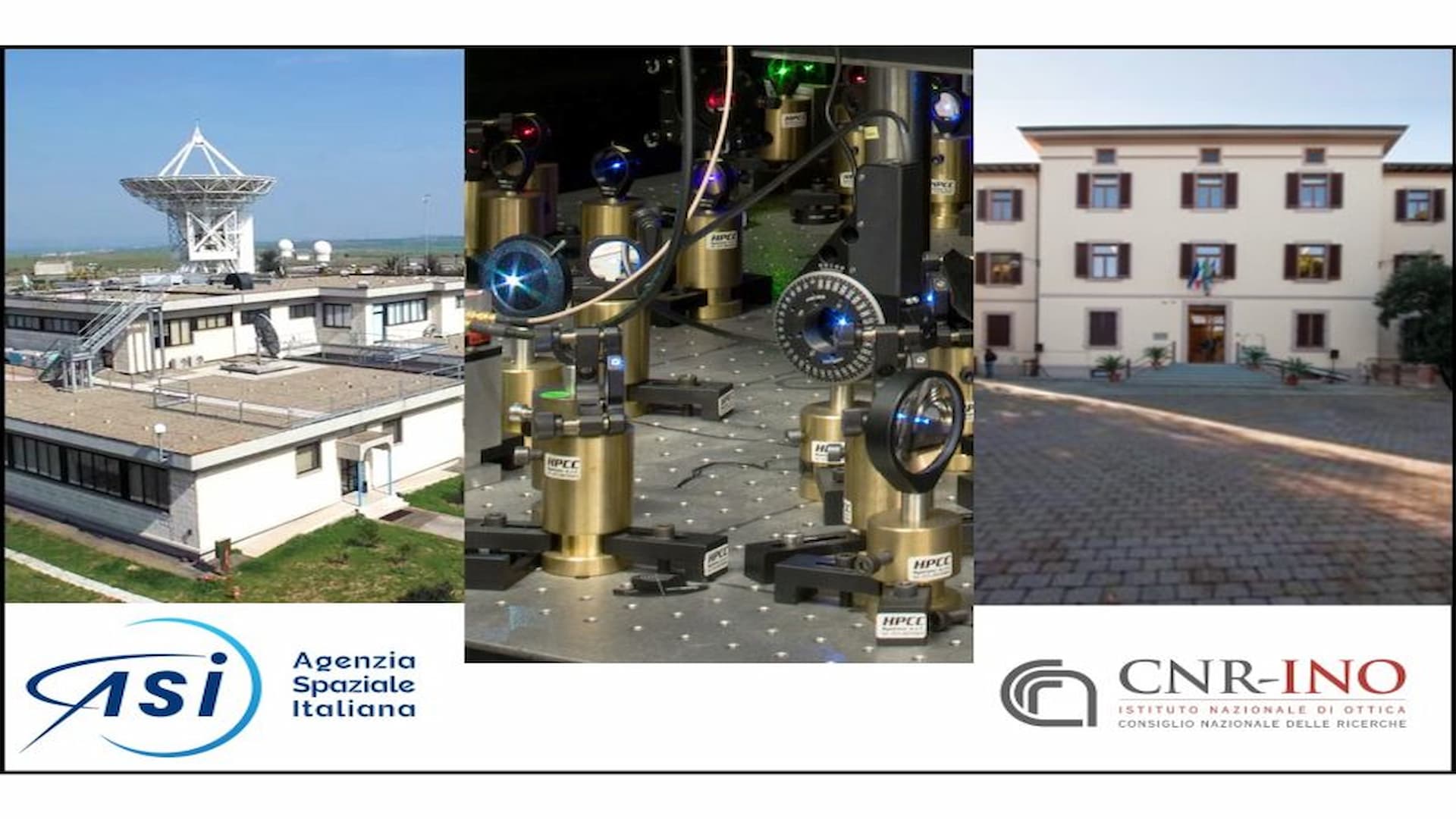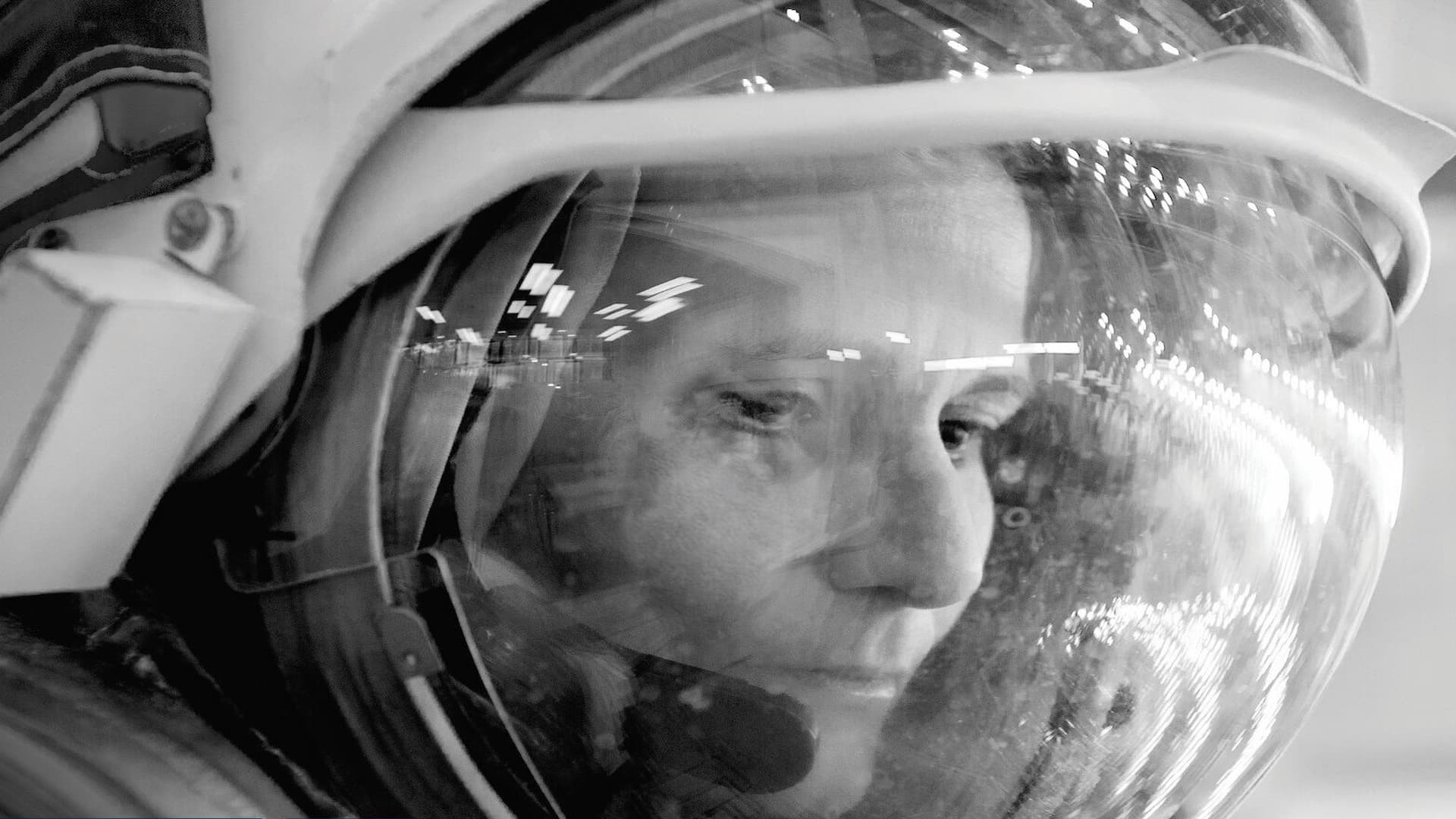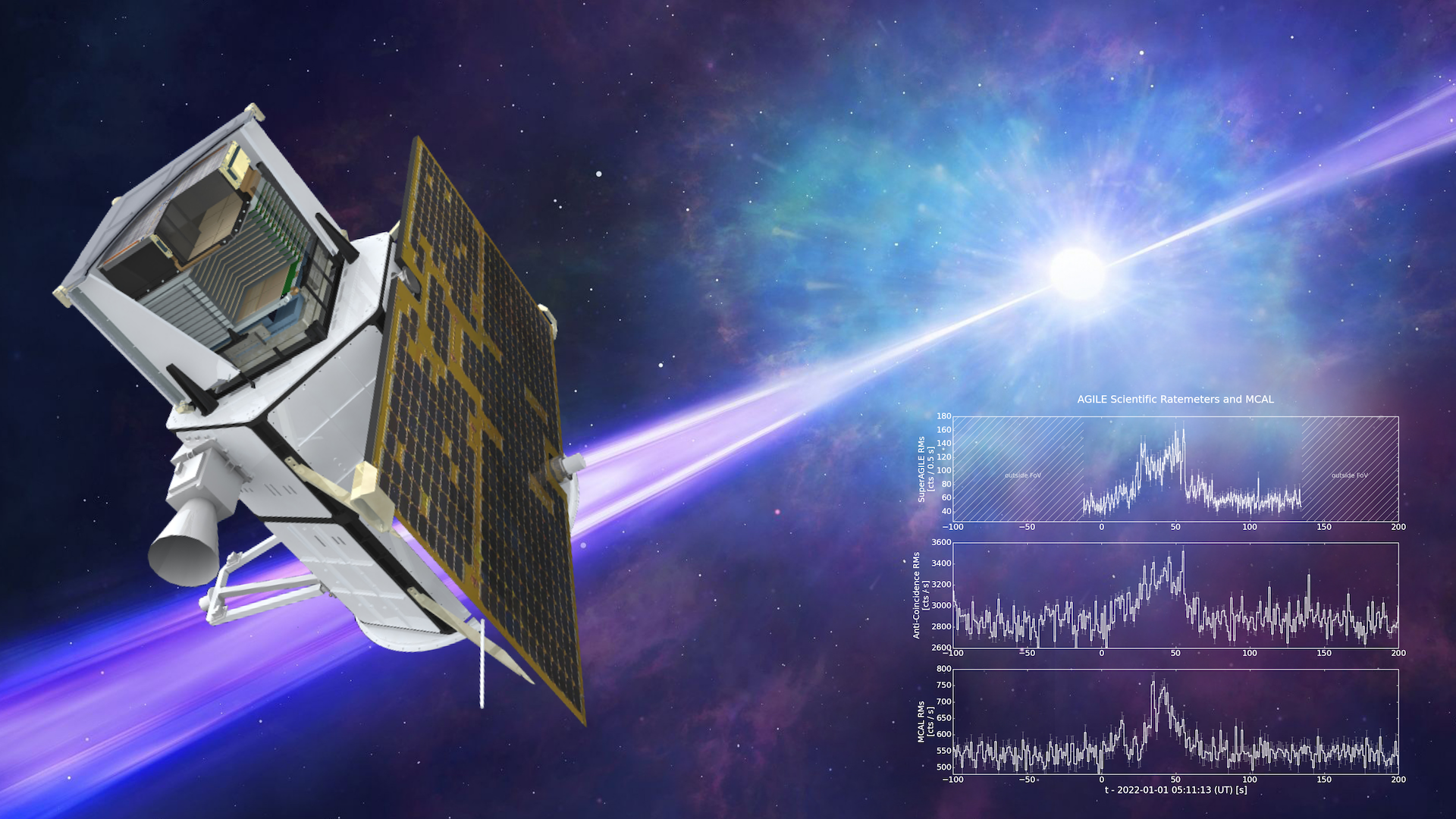Two previous missions documented the involvement of lipid signaling molecules called endocannabinoids in production of human immune cells. This Italian Space Agency investigation, Role of the Endocannabinoid System in Pluripotent Human Stem Cell Reprogramming under Microgravity Conditions (SERISM), evaluates the role of this system in bone metabolism changes seen in microgravity. Astronauts experience bone loss on extended missions and the identification of novel biomarkers that are involved during osteogenic differentiation in microgravity of an innovative stem cell model could contribute to ways of countering that loss.
The goals of the Role of the Endocannabinoid System in Pluripotent Human Stem Cell Reprogramming under Microgravity Conditions (SERISM) investigation are:
- Identification of biomarkers to be exploited in contrasting bone loss in space using an innovative stem cell model. Indeed, bone loss is a major thread to astronauts’ health during (extended) space missions.
- Evaluation of the role of the endocannabinoid system in the alterations of bone metabolism in microgravity.
- Identification of a novel therapeutic target for bone regeneration under microgravity conditions.


